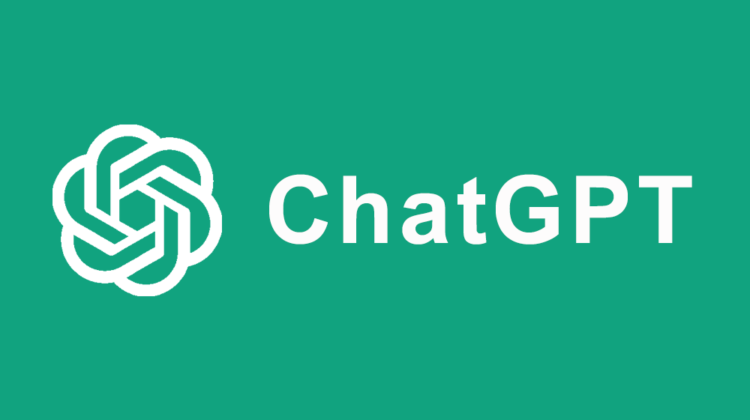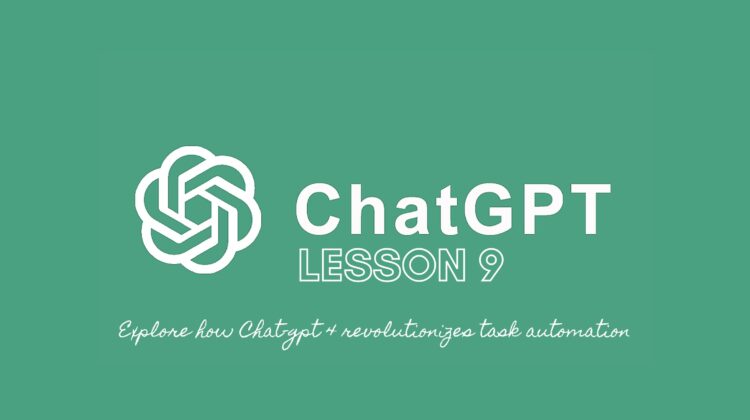The ability to conduct efficient research and synthesize vast amounts of information is crucial in the digital age. GPT-4, with its advanced natural language processing and extensive context, is an invaluable tool to assist you in these tasks.
This tutorial will guide you through the steps to conduct research with GPT-4 and how to synthesize the gathered information into useful summaries.
Detailed Steps
Formulate Effective Questions:
Start with a clear and specific question.
Include relevant details that can help GPT-4 understand the context of your question.
Example: “What has been the economic impact of renewable energy in Europe over the last five years?”
Evaluate and Organize Information:
Once GPT-4 provides information, evaluate its relevance and accuracy.
Organize the data into logical categories, such as “Impact on Employment,” “Sector Growth,” “Government Policies.”
Synthesize and Present Findings:
Use the organized information to construct a coherent summary.
Identify common patterns or themes in the data.
Present findings in a way that directly addresses the initial question.
Example of synthesis: “Investment in renewable energy in Europe has had a significant impact on the economy, contributing to a 2% GDP growth and creating 1.2 million jobs in the sector since 2018.”
Practical Examples:
To better illustrate the process, we could research topics such as advances in AI for healthcare or trends in digital education during the pandemic.
Use Cases:
This approach is applicable in various contexts, from a student preparing a thesis to a professional needing to stay updated on the latest trends in their field.











